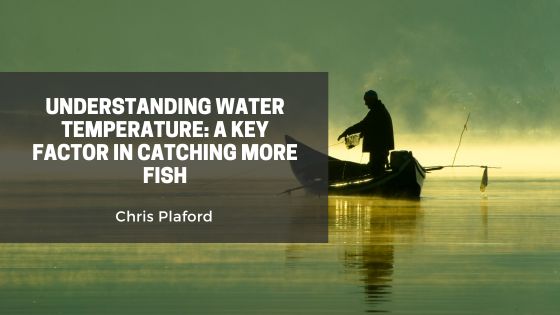Fishing is as much about knowledge as it is about technique. One of the most important, yet often overlooked, elements that influence fishing success is water temperature. Whether you’re casting from a boat, the shore, or a riverbank, understanding how water temperature affects fish behavior can significantly improve your chances of landing a great catch.
Why Water Temperature Matters
Fish are cold-blooded animals, which means their body temperature is regulated by their environment. As water temperature changes, so does their metabolism, feeding patterns, and movement. Knowing how temperature impacts different species helps anglers choose the right times, locations, and tactics for fishing.
Each fish species has a preferred temperature range where they are most active and likely to feed. Outside of this range, their energy levels drop, and they become less responsive to bait or lures. By aligning your fishing approach with the ideal conditions for your target species, you can make your time on the water far more productive.
Temperature Ranges for Common Species
Understanding the preferred temperature ranges of fish gives you a starting point for planning your trip. For example:
- Trout tend to thrive in cooler water, typically between 50 and 65°F (10–18°C). When water temperatures rise above 70°F, they become stressed and harder to catch.
- Bass are most active in temperatures between 60 and 75°F (15–24°C), often feeding aggressively during spring and early fall when the water is within this range.
- Walleye prefer temperatures around 55 to 70°F (13–21°C), and their feeding activity peaks during dawn and dusk in cooler waters.
- Catfish are more tolerant of warmer water, often thriving in the 70 to 85°F (21–29°C) range, making summer months particularly productive.
How Temperature Affects Location and Depth
Water temperature varies not just by season, but also by depth and location within a body of water. On hot summer days, surface temperatures may rise, pushing fish to deeper, cooler layers. In colder months, some species seek out warmer pockets of water near inflows, natural springs, or structures that absorb sunlight.
Using a fish finder or a thermometer can help you track temperature changes at various depths. This information is especially useful in lakes and reservoirs, where thermal stratification creates distinct temperature layers that influence where fish are likely to be found.
Matching Your Tactics to the Temperature
Once you know the temperature, adjust your gear and tactics accordingly. In colder water, fish are sluggish and more likely to respond to slower presentations, such as soft plastics or live bait. In warmer conditions, faster retrieves, reaction baits, and topwater lures can trigger aggressive strikes.
Also, keep in mind that temperature shifts can affect oxygen levels. Extremely warm or cold water may have lower oxygen content, which can make fish less active. Aim to fish during stable conditions or target times when temperature and oxygen levels are optimal, early morning and late evening are often best.
Conclusion: Fish Smarter with Temperature Awareness
Mastering water temperature can turn a frustrating outing into a successful catch. By understanding how fish respond to temperature changes and adapting your strategies accordingly, you gain a critical edge. Whether you’re a beginner or a seasoned angler, paying attention to this key environmental factor will help you fish smarter, and more successfully.
